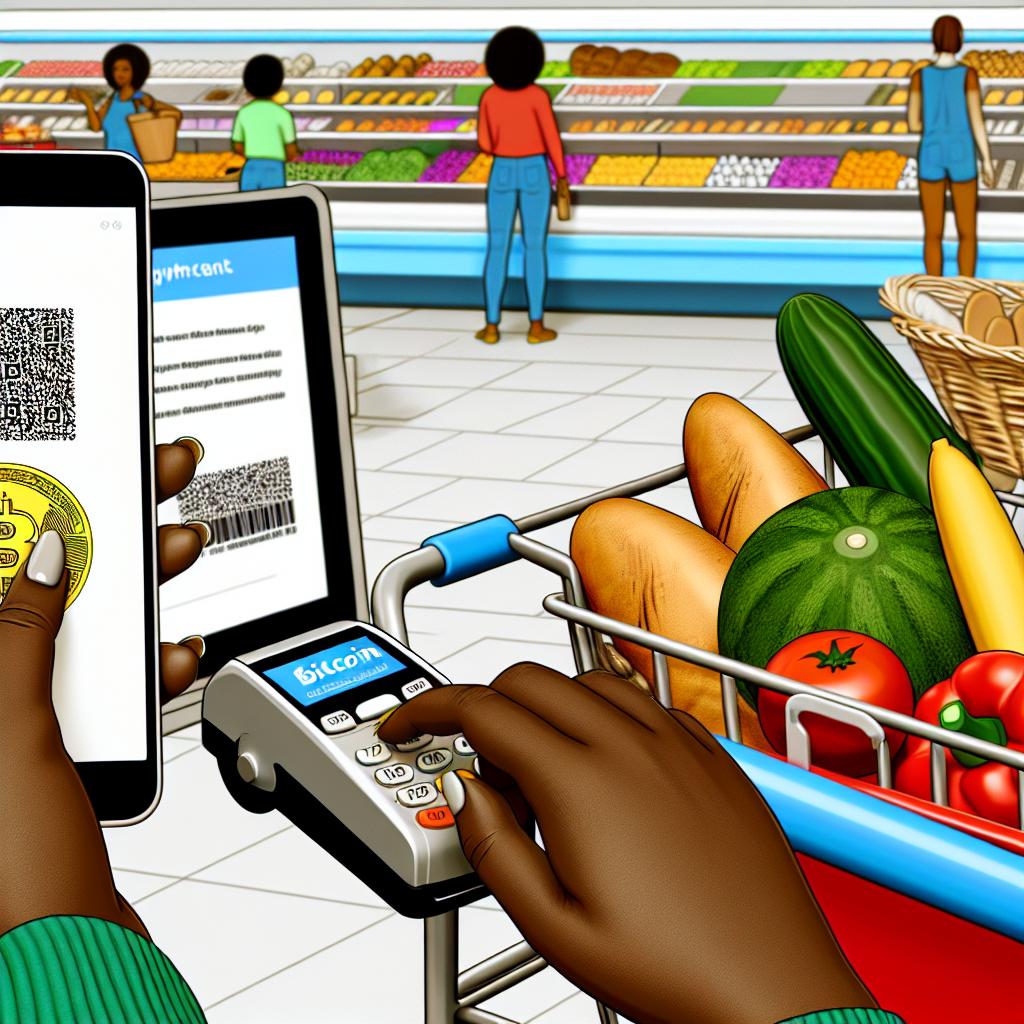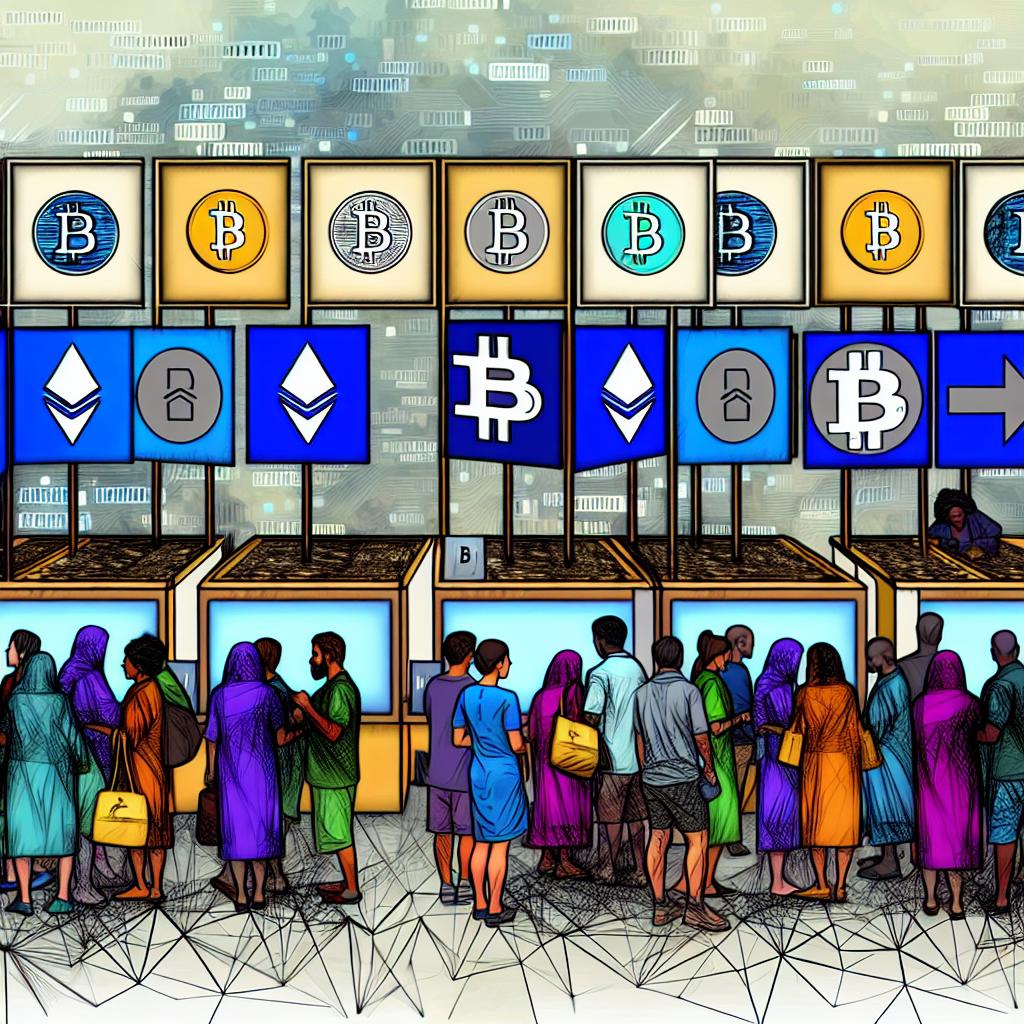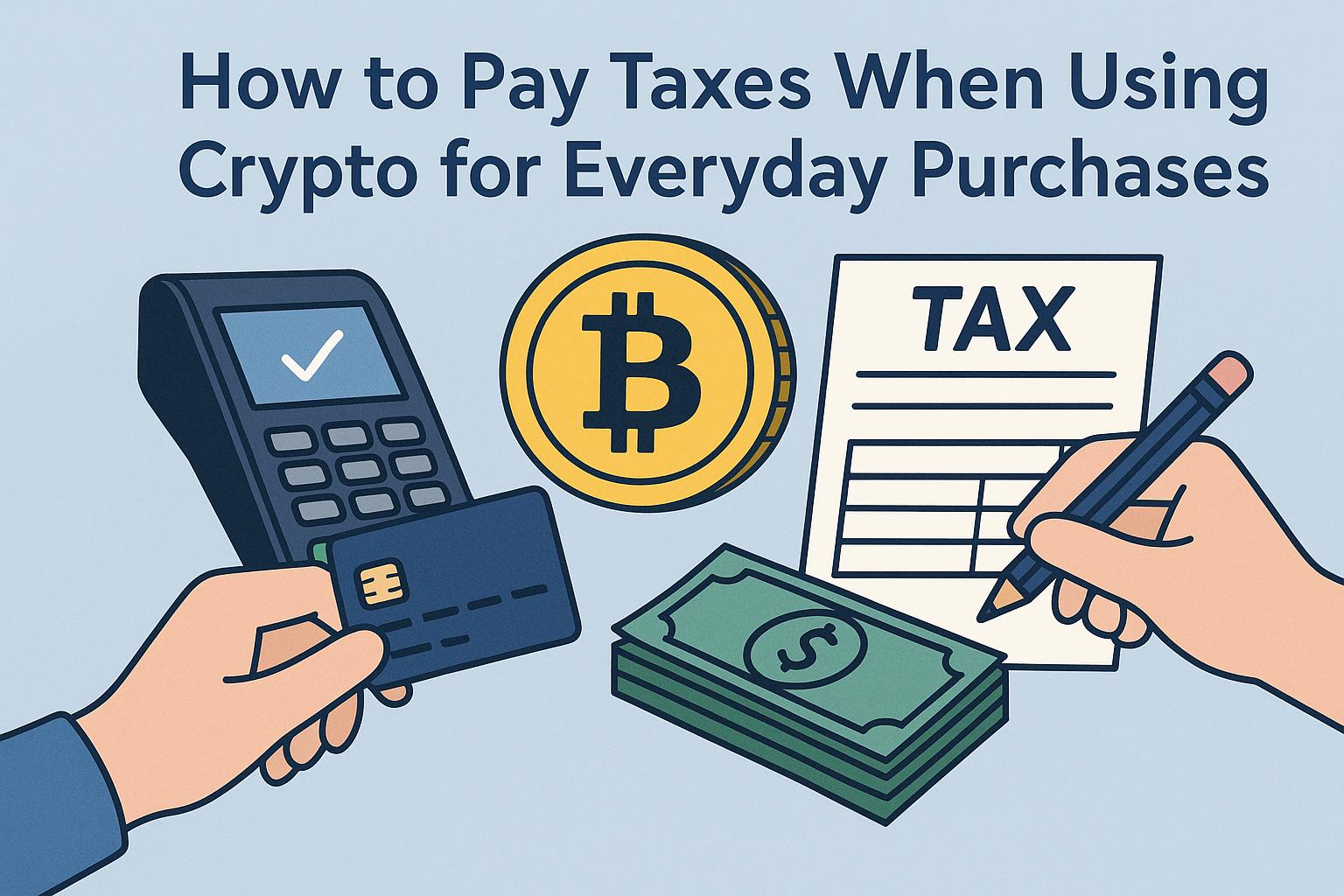Understanding Stablecoins
Stablecoins are a unique category of cryptocurrency characterized by their ability to maintain a stable value compared to more volatile cryptocurrencies like Bitcoin and Ethereum. This stability is primarily achieved through pegging their value to a reserve of assets, often aligning with traditional currencies, such as the US dollar. By doing so, stablecoins act as a crucial bridge between the burgeoning world of cryptocurrencies and well-established financial systems.
The Mechanism Behind Stablecoins
At the heart of stablecoins is their reserve-backed structure. This structure ensures that every stablecoin in circulation is supported by an equivalent value held in reserve. These reserves can comprise fiat currencies, other cryptocurrencies, or a diversified mix of assets. This backing mechanism is pivotal to their stability, distinguishing them from other digital currencies.
Some prominent examples of stablecoins include Tether (USDT) and USD Coin (USDC). These stablecoins have become significant players in the crypto market due to their reliable linkage to reserve assets, ensuring that their value remains consistent over time.
Stablecoins in Everyday Transactions
The utilization of stablecoins in everyday transactions is observed with increasing frequency. Their inherent stability makes them appealing for both merchants and consumers looking to avoid the price fluctuations that plague other digital currencies.
Benefits for Consumers
The use of stablecoins offers several advantages for consumers, which can significantly influence their transactional ease and financial planning.
Price Stability: Stablecoins offer the benefit of price stability, underpinned by their connection to stable reserve assets. This feature makes them appropriate for routine transactions where predictable value is essential.
Speed and Efficiency: Stablecoin transactions are typically faster than those processed through conventional banking systems, often at a lower cost. For consumers, this translates into quicker access to their funds and enhanced transactional efficiency.
Advantages for Merchants
Stablecoins don’t just benefit consumers; they also present considerable advantages for merchants engaging in the global marketplace.
Reduced Costs: When processing payments through stablecoins, merchants typically face lower fees compared to traditional credit card payment systems. This reduction in transaction costs can offer significant savings, especially for businesses engaging in high-volume transactions.
Global Reach: By accepting stablecoins, merchants can effectively cater to an international audience. They avoid the hurdles of currency conversion fees and the uncertainties of fluctuating foreign exchange rates, making international dealings smoother and more predictable.
The Role of Stablecoins in the Digital Economy
The role played by stablecoins in the digital economy cannot be overstated. They enable seamless integration between the burgeoning crypto economy and traditional financial elements. Acting as an effective medium of exchange, stablecoins simplify buying goods and services with cryptocurrencies and enhance digital economic interaction.
Enhancing Financial Inclusion
Stablecoins have the potential to advance financial inclusion significantly by providing access to digital financial services where traditional banking infrastructure is lacking. In several regions, especially those with limited banking services, stablecoins emerge as a feasible alternative for conducting financial transactions.
Providing Security and Privacy
With the underlying support of blockchain technology, stablecoin transactions boast a high degree of security and immutability. They also offer a level of privacy not typically offered by conventional banking systems, making them attractive to users who prioritize confidentiality in their financial affairs.
Challenges and Considerations
Despite the various advantages stablecoins present, they are not without their challenges and considerations, which require careful attention.
Regulatory Concerns
Stablecoins have drawn scrutiny from regulatory bodies due to concerns about their potential impact on the global financial system and overall monetary stability. As such, it is imperative for stablecoin issuers to subscribe to existing financial regulations. Compliance is key to ensuring that stablecoins can integrate seamlessly within the worldwide financial system, addressing concerns over possible systemic risks.
Technical and Operational Risks
Stablecoins also face technical and operational risks, such as the security of reserve assets and the smart contracts governing their issuance and management. Safeguarding against these risks is vital to preserving the stability and trustworthiness of stablecoins. Addressing technical vulnerabilities, ensuring rigorous audits, and maintaining transparent operations are essential steps in overcoming these challenges.
Conclusion
Stablecoins represent a promising evolution in digital finance, offering a compelling alternative to traditional systems by merging the benefits of virtual currencies with the stability provided by fiat money. As the digital economy continues to expand, stablecoins are poised to play an increasingly vital role in everyday financial transactions. However, realizing their full potential requires careful navigation of the challenges they present, particularly in regulatory compliance and operational security. For those interested in deepening their understanding of stablecoins, a wealth of resources and platforms offer comprehensive insights and engagement opportunities in this rapidly evolving domain.
This article was last updated on: March 20, 2025







